Institute for Reproductive Health at Georgetown University targets violence against girls
WASHINGTON, DC — As the world focuses on violence against girls with the Oct. 11 observance of International Day of the Girl Child, researchers at the Institute for Reproduction Health at Georgetown University are carrying on crucial work to improve and protect the sexual and reproductive health of girls and boys, especially those between the ages of 10 and 14.
The Institute for Reproductive Health is translating scientific data into simple, practical and scalable programs to improve body literacy, enhance fertility awareness and protect the sexual and reproductive health of girls and boys through programs addressed to youth, their parents and their communities.
Early adolescence, especially, is a critical transition period, yet is often overlooked as a time when inequitable and harmful social norms that result in gender-based violence can be addressed. Institute research aims to develop evidence-based solutions that focus on girls and boys developing an understanding of their maturing bodies and how to protect themselves from abuse. Involving young adolescents and the families and communities in which they live in discussions of physical, emotional and social changes helps girls and boys become knowledgeable about how their bodies’ function and empowers them to make appropriate decisions.
Much has been seen and heard in the media about the 300 girls from a school in Nigeria, however violence against girls and young women is widespread and on every continent.
A September 2014 UNICEF report on 190 countries provides startling statistics:
- 120 million girls under the age of 20 worldwide (about 1 in 10) have experienced forced intercourse or other forced sexual acts;
- Almost one quarter of girls aged 15 to 19 worldwide (almost 70 million) report being victims of some form of physical violence since age 15
- A significant proportion of adolescent girls were first-time victims of sexual violence before age 15;
- Data from 30 countries suggest that about seven in 10 girls 15-19 years old who had been victims of abuse had never sought help and many said they did not think it was abuse or did not see it as a problem;
- 1 in 3 adolescent girls aged 15 to 19 worldwide (84 million) have been the victims of any emotional, physical or sexual violence committed by their husbands or partners at some point in their lives;
- Close to half of all girls aged 15 to 19 worldwide (around 126 million) think a husband is sometimes justified in hitting or beating his wife. his wife
The National Survey of Children’s Exposure to Violence conducted in the United States in 2011 indicated that 17 percent of adolescent girls reported experiences of sexual assault at some point in their lives.
“To decrease (the likelihood of violence against girls) parents, schools and communities must focus on efforts to transform gender roles which will lay the foundation for positive and respectful relationships between girls and boys, and continue throughout life,” said Rebecka Lundgren, MPH, director of research at the Institute for Reproductive Health. “If the community expects boys to dominate and be sexually aggressive and girls to be passive, then there is a general assumption that girls can be or must be coerced into sex and that they must accept violence from boys and men as an expected part of their lives.”
“Girls too often have little control over their reproductive health. In low resource countries, they may not attend school regularly or at all, particularly once they start menstruating. Wherever they live, once menstruation commences they are confronted with both physical and emotional changes,” said Victoria Jennings, Ph.D., director of the Institute for Reproductive Health and professor of obstetrics and gynecology at Georgetown University. “They and their parents and other trusted adults need resources to understand these changes, the linkage to fertility and to reproductive health in order to help girls attain confidence and competence.”
The Institute has developed and tested CycleBeads®, a color-coded string of beads to enable the tracking of the menstrual cycle and provide knowledge of fertility. Based on reproductive physiology, easy-to use CycleBeads are included in the CycleSmart™ Kit. The CycleSmart Kit, which also contains a simple, eye-catching factual brochure about puberty, is designed to help young people, especially 10 to 14 year olds, develop an awareness of their emerging fertility and to make decisions promoting health. The kit can be used by parents, teachers, health providers, peer-educators and others to talk with both girls and boys about their changing bodies and how to stay healthy and safe. GrowUpSmart, a new interactive curriculum that includes a high level of community involvement, builds on this kit.
“Ultimately gender-based violence affects physical and mental health,” Jennings said.
Institute for Reproductive Health programs focused on reducing violence against girls include
- The Gender Roles, Equality and Transformation Project. GREAT promotes gender-equitable attitudes and behaviors among 10- to 19-year-olds and their communities with the goal of reducing gender-based violence and improving sexual and reproductive health outcomes.
- Fertility awareness programs that help youth understand their changing bodies enabling adolescents to identify what is healthy and normal for them and know when to seek reproductive health care.
The Institute also has developed and published My Changing Body: Puberty and Fertility Awareness for Young People. The second edition is available online in English, French, Spanish and Kinyarwanda.
Lundgren and Jennings recommend the following steps, noting that programs that address girls without developing an environment that supports them are not sufficient:
- Reaching out to parents, schools and community to address and eliminate violence against girls,
- Speaking with both girls and boys about gender-based violence while maintaining a “safe space” where girls can speak without worrying about what boys will say or do,
- Ensuring that every girl has the knowledge and skills she needs to understand her body and take actions to ensure her sexual and reproductive health
—
CycleBeads are a patented technology owned by Georgetown University that has been licensed to Cycle Technologies for commercialization. Jennings is an inventor on the patent.
The Institute for Reproductive Health at Georgetown University Medical Center has more than 25 years of experience in designing and implementing evidence-based programs that address critical needs in sexual and reproductive health. The Institute’s areas of research and program implementation include family planning, adolescents, gender equality, fertility awareness, and mobilizing technology for reproductive health. The Institute is highly respected for its focus on the introduction and scale-up of sustainable approaches to family planning and fertility awareness around the world. For more information, visit https://www.irh.org.
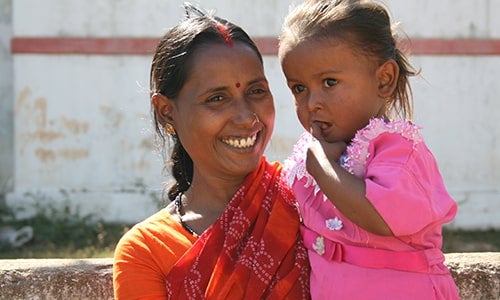 Where We Work
Where We Work 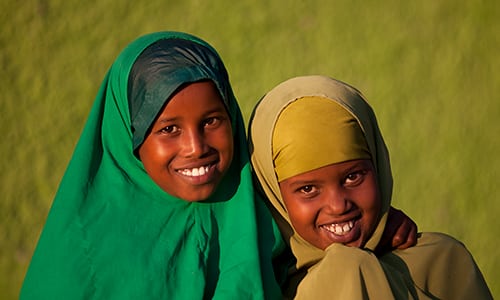 Press Room
Press Room 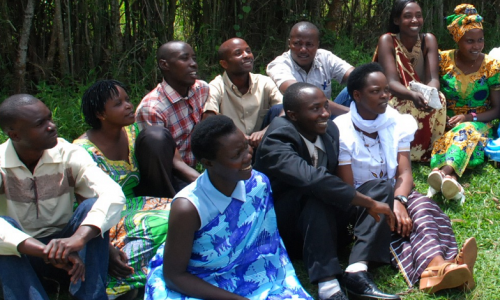 FACT Project
FACT Project 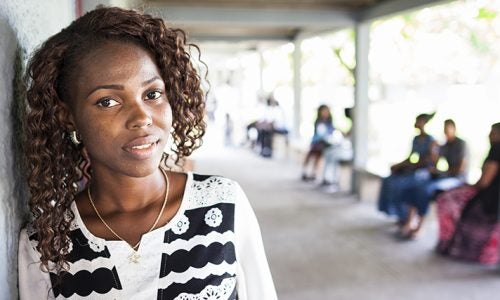 Passages Project
Passages Project 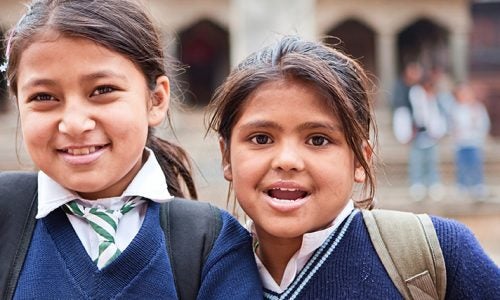 Learning Collaborative
Learning Collaborative  Search All Resources
Search All Resources 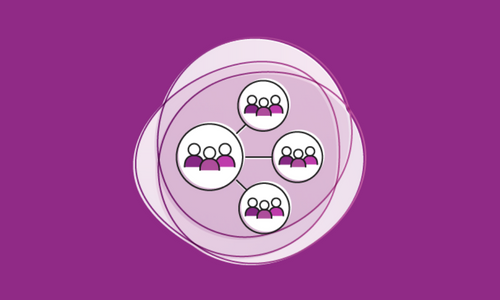 Social Norms
Social Norms 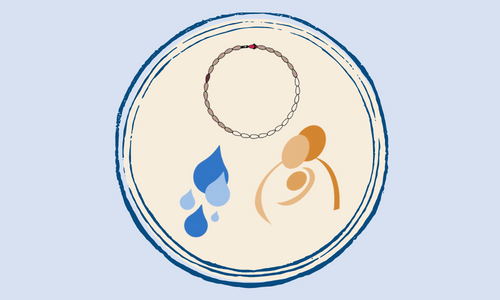 Fertility Awareness Methods
Fertility Awareness Methods